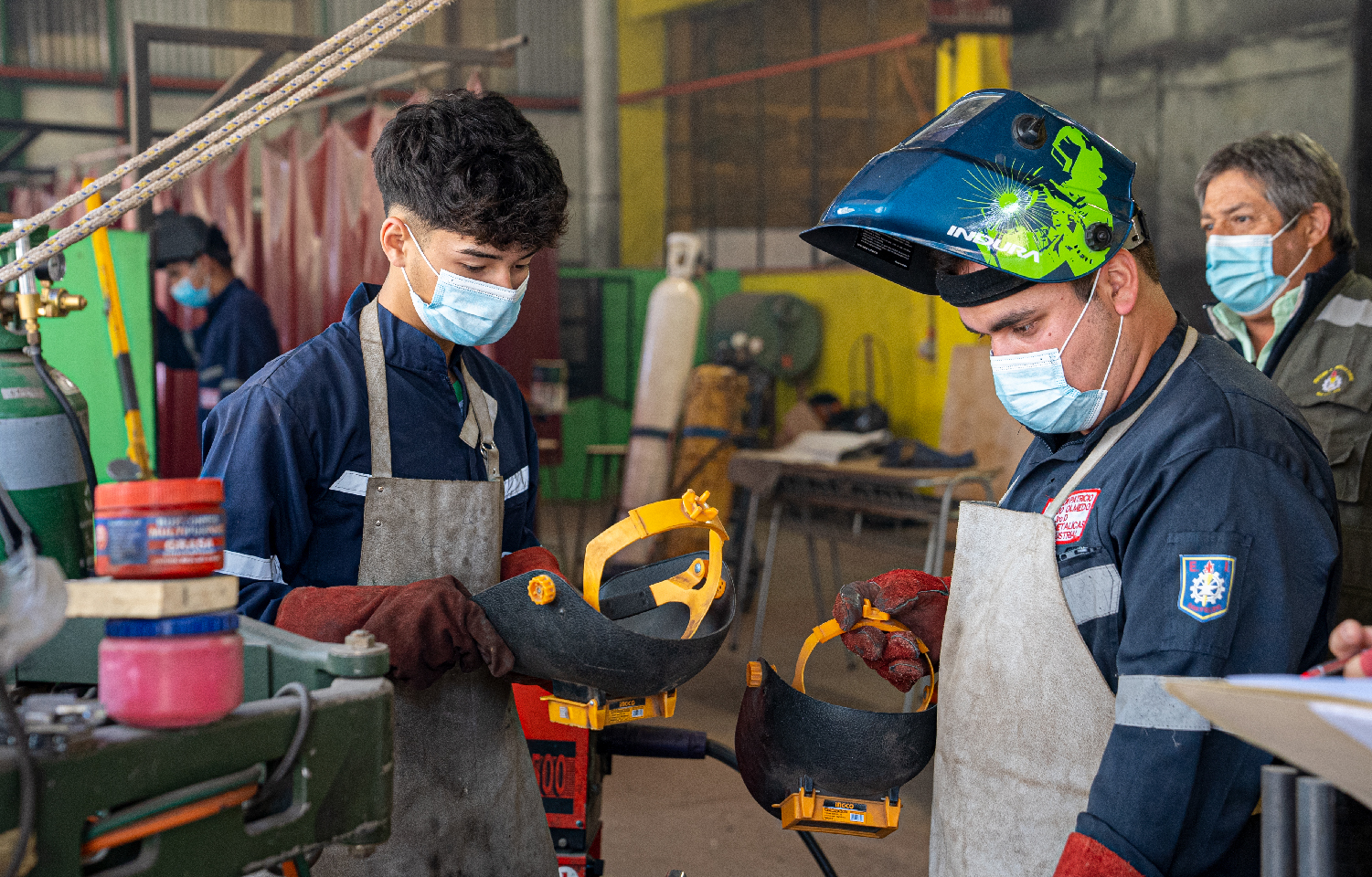In the third and fourth grades, young people begin to think about their educational future, and the decision to access higher education acquires an important weight for the students’ personal and professional future. Universities, technical training centers or professional institutes are the main alternatives for continuing studies, but the latter two have forms of admission that benefit students in secondary technical-professional education.
During the year 2020, the Ministry of Education announced a new system of Admission to Higher Education, which contemplates the participation of 29 Technical Training Centers -state and private-, 19 Professional Institutes, which will deliver as academic offer more than 3,700 thousand careers that you can know in acceso.mineduc.cl.
According to Juan Eduardo Vargas, Undersecretary of Higher Education, “every year more than 150 thousand young people enter” the TP education. Unlike the university system, information that you can review in the following link, to enter these technical professional institutions you can apply directly to each one of them, informing you about their requirements, vacancies and locations on their websites.
Instruments of access to higher education TP
There are four optional admission instruments, together with the minimum requirement of obtaining a high school diploma, for admission to study a professional technical career:
High school grades and bonus to graduates of TP school establishments.
With high school grades, higher education institutions may apply the Professional Technical Articulation Bonus, which consists of an increase in the grades obtained during the school stage to graduates of TP schools. It should be noted that this bonus will depend on each institution and will be used in 1,954 careers that are part of the educational offer.
Recognition of prior learning
For graduates of the fourth year of secondary school, there is the possibility of articulating previous learning from secondary education with higher education. This allows institutions to formally recognize previously acquired competencies acquired in professional practices and even in formal and informal work environments.
In this way, future applicants will be able to demonstrate their competencies to be evaluated by the institutions, validating classes in the study programs of their choice. The recognition of learning will be carried out in 1,400 careers.
Valuation of Work Experience
Those students who can demonstrate work experience of at least three years before the institutions that have this mechanism, will be able to see their entrance to the TP Education favored. This alternative is considered due to the fact that 42% of CFT and IP enrollments are over 25 years old, so many applicants are people who have already been in the working world, seeking to formalize their educational trajectories. This tool will be used in 256 careers.
National Articulation Agreement
As a last resource, the National Articulation Agreement is added, which seeks to generate more fluidity in the process of articulation between secondary education and higher education, where students can validate subjects to study careers aligned with the specialty they have studied in high schools, as long as they meet the established requirements. This tool has the support of 35 higher education institutions where 515 TP high schools will be able to participate.
For more information, go to acceso.mineduc.cl.

